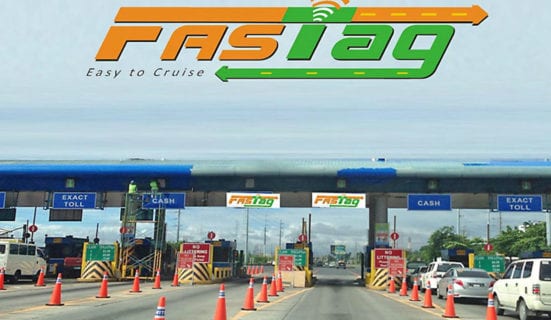
In the framework of Indian consumer rights, the Right to Choose is fundamental to ensuring freedom, fairness, and competition in the marketplace. Recognised under the Consumer Protection Act, 2019, this right empowers consumers to select from a variety of goods and services at competitive prices, without coercion, restriction, or manipulation.
As markets expand and digital commerce grows, the Right to Choose becomes increasingly important, not only to protect consumers from monopolies and restrictive trade practices, but also to uphold the principle of market democracy.
What does the “Right to Choose” mean?
The Right to Choose guarantees that consumers:
- Have access to a variety of products and services
- Can make informed decisions without being pressured or misled
- Are free from monopolistic control or forced bundling of products/services
- Can switch providers or brands without facing unfair restrictions
- Are protected against exclusive supply arrangements that limit market options
This right ensures that competition remains alive and that businesses innovate and price fairly—knowing consumers can walk away if they’re not satisfied.
Legal frameworks supporting the right
Several Indian laws and agencies work together to protect this right.
1. Consumer Protection Act, 2019
The Consumer Protection Act prohibits unfair trade practices that limit consumer choice, such as:
-
- Tying arrangements (forcing purchase of one product with another)
- False representation of product availability
- Denial of service without justification
It also provides redressal mechanisms for consumers who face restricted choice or misleading offers.
2. Competition Act, 2002
Enforced by the Competition Commission of India (CCI), the Competition Act prevents:
-
- Abuse of dominant market position
- Anti-competitive agreements
- Cartelisation and price-fixing
This legal framework ensures that no business entity can restrict consumer choice through unfair market dominance.
3. E-commerce rules under the Consumer Protection (E-Commerce) Rules, 2020
The Consumer Protection (E-Commerce) Rules are a set of regulations which:
- Require platforms to offer fair and non-discriminatory access to sellers
- Mandate clear disclosure of product rankings and sponsorships
- Prevent preferential treatment that might manipulate consumer choice
Application in practice
While there are all of these pieces of legislation supporting the Right to Choose, how do they actually translate to consumer cultures and different industries and sectors?
1. Retail and e-commerce
Firstly, consumers in India today enjoy wide choice across platforms like Amazon, Flipkart, BigBasket, and local kirana stores. Buyers also have access to comparative tools, reviews, and filters that help them evaluate multiple products before deciding.
However, there remain companies who attempt to use strategies like exclusive tie-ups or deep discounting to distort competition. It is in these cases where regulators will step in.
2. Telecom and services
When it comes to telecoms and services, consumers are able to switch between service providers through mobile number portability (MNP).
In sectors like insurance, travel, and banking, comparison websites and apps have increased transparency and consumer empowerment.
3. Food, pharma, and FMCG
When it comes to medicine, generic alternatives to branded drugs must be offered when available, as per government directives supporting affordable choice in healthcare.
Food apps and supermarkets now offer multiple brands for staples, ready-to-eat items, and organic foods, helping consumers choose based on budget and quality.
Barriers to the right to choose
Despite legal protections, some challenges still undermine this right. For one, predatory pricing by dominant players may drive out smaller competitors, reducing real choice in the long term.
Bundled services in sectors like telecom, banking, or digital subscriptions may restrict individual selection. And it is also a common practice for companies to make exclusive distribution agreements which can limit the availability of certain products
On top of company behaviour, lack of awareness among consumers about alternatives, especially in rural or semi-urban areas, is a huge factor that can result in people being unable to exercise their right to choose.
Why the “Right to Choose” matters
A true market economy thrives on choice. The Right to Choose:
- Encourages healthy competition
- Ensures fair pricing and quality improvement
- Reduces consumer exploitation
- Strengthens the bargaining power of the individual
- Drives innovation among businesses striving to win customer preference
This right shifts power from sellers to buyers—and that’s vital for market fairness.
Conclusion
The Right to Choose is a safeguard against monopolies, market manipulation, and coercive trade practices. It gives Indian consumers the ability to walk away from bad deals, demand better value, and shape the market through their preferences.
While the legal framework supports this right, its real power lies in consumer awareness, digital literacy, and effective regulation. In a world where choices are vast but not always fair the Right to Choose ensures that the consumer’s voice remains central to commerce.
Share this:
Resolver*
Guides, help & tips, delivered twice a month


No Comments